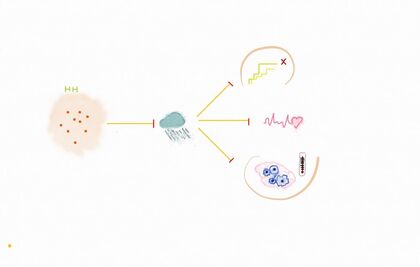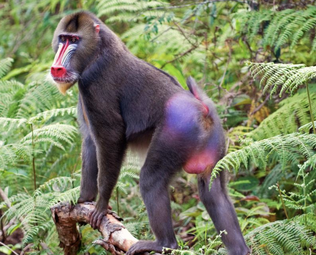Cayo Santiago: Hurricane Maria Response ProjectMy proposed dissertation work will explore the transcriptional and epigenetic signature of trauma in the non-human primate model rhesus macaques: including immune function, overall physiology and stress response, and measures of biological aging. This is part of a large collaboration across NYU, ASU, UPenn, University of Exeter, The Caribbean Primate Research Center (CPRC), and many others. I hope to explore the regulatory effects of Hurricane Maria both within and across tissues, using integrated DNA methylation and gene expression data, from individuals collected pre- and post- hurricane.
Advisor: Dr. James Higham |
|
Credit: ROBERT HARDING
|
Phylogenetic analysis of Mandrillus and CercocebusFor my second-year Master's project at NYU I am using whole exome data from a number of species within the genus Cercocebus and Mandrillus. I will perform phylogenetic analyses to explore more detailed evolutionary relationships in these closely related primate groups, including potential introgression. In Progress.
Advisor: Dr. Todd Disotell and Dr. Christina Bergey |
Research Framework
Questions
|
How do environmental effects persist
|
Gene regulatory variation in natural populations
|
Signatures of aging and health in a non-human primate model
|
|
|
|


